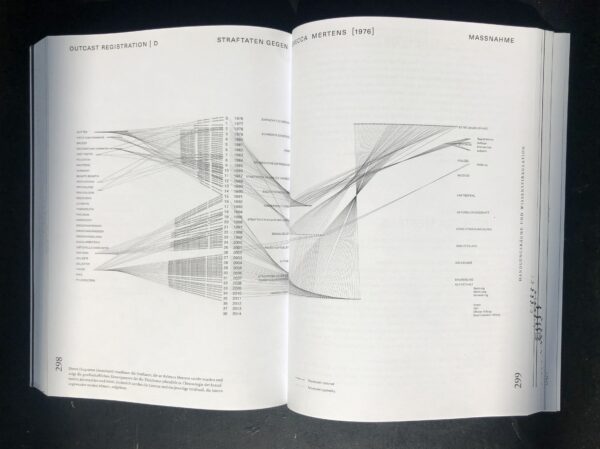15 December 2016,
DORTMUND
During the third Accomplices’ Meeting of jurisprudence, lawyers Peter Budde and Sabrina Kimmeskamp examine the details of the crimes committed against Rebecca Mertens, for which the perpetrators were not charged.
To visualize crimes and their social consequences, amendments to the law that could have been applied are chronologically assigned to events and social and legal measures. The mentioned amendments to the law correspond to German case law at the time of the crime, between 1976 and 2016.
Participants:
- Nina Glockner, artist, Amsterdam, Netherlands, and Vienna, Austria
- Ulrike Möntmann, artist, Amsterdam, Netherlands, and Vienna, Austria
- Peter Budde, Lawyer and Notary Public, Dortmund, Germany
- Sabrina Kimmeskamp, Lawyer, Dortmund, Germany
